The best daffodils and narcissi to grow your garden, whether in pots, grass or borders
With more than 26,000 to choose from, it can be agonising deciding which narcissus to grow. Charles Quest-Ritson asks daffodil doyenne Christine Skelmersdale for ideas.
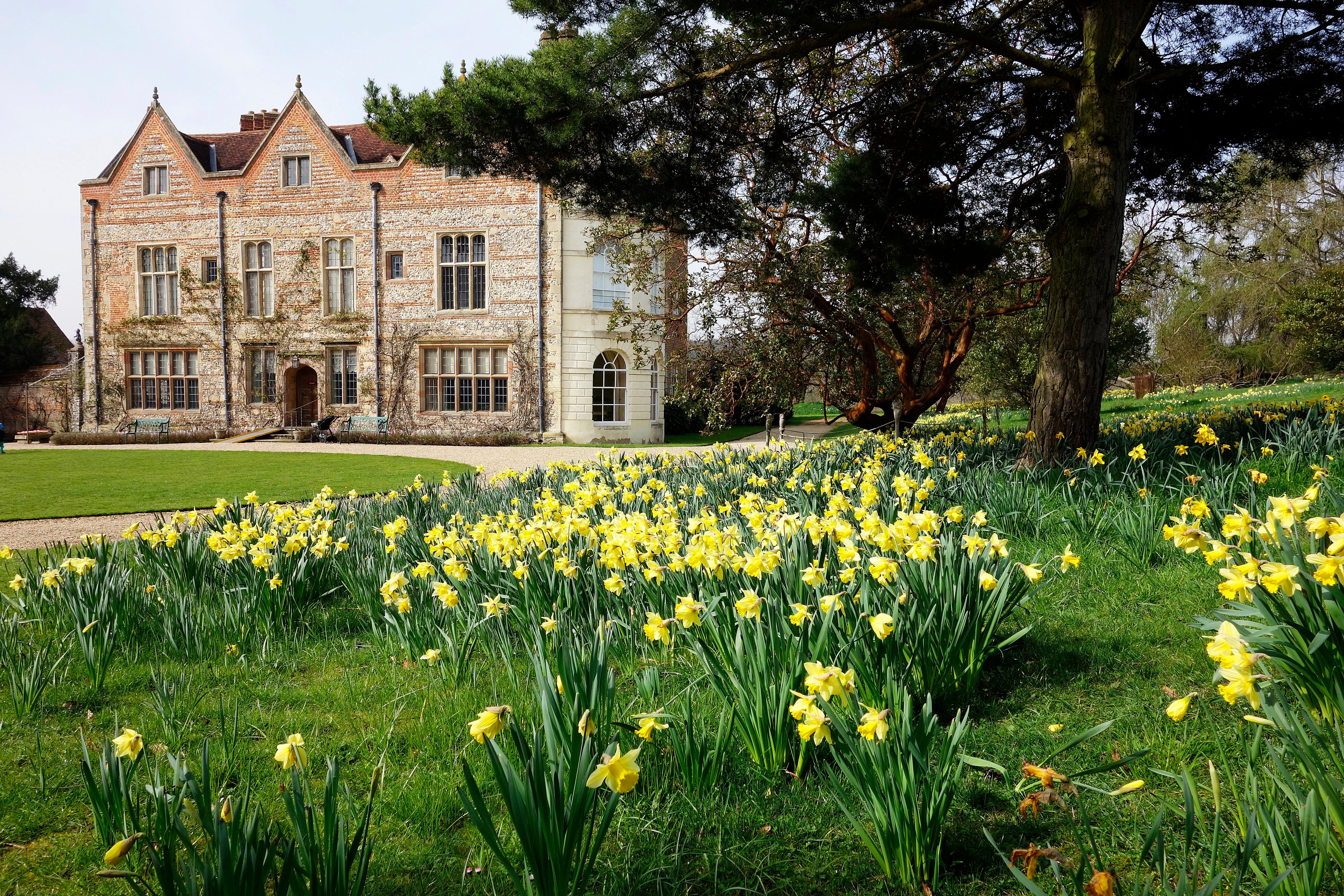

Nothing beats daffodils as a symbol of spring.
The yellow cheerfulness of this unbeatable British wildflower tells us that winter is gone and will not come again. Even if their flowering coincides with snow or frost enough to flatten their stems, they pick themselves up again as soon as temperatures rise.
Deciding which ones to grow isn’t easy: there are 26,000 registered cultivars. ‘It’s best to choose those ones that have been given Awards of Garden Merit (AGM) by the RHS,’ says Christine Skelmersdale. ‘They will be weatherproof, garden-worthy and hold their flowers well clear of their leaves.’
'All daffodils are narcissi, but not all narcissi are daffodils'
No one knows more about daffodils than Christine, who’s run Broadleigh Gardens, the mail-order nursery for small bulbs, for more than 40 years. Her advice is founded on growing 250 different cultivars in her Somerset garden, seeing narcissus species in the wild and spending more than 30 years as a member of the RHS Daffodil & Tulip Committee, as well as testing thousands of new daffodils in the RHS trials and mounting innumerable gold-medal-winning exhibits at Chelsea and other shows up and down the country.
The best way to grow daffodils in the garden is to plant 5–10 bulbs of one cultivar in small clumps in a border. They look especially enticing when grown among deciduous shrubs, where their colour combines or contrasts with the new leaves of the shrubs.
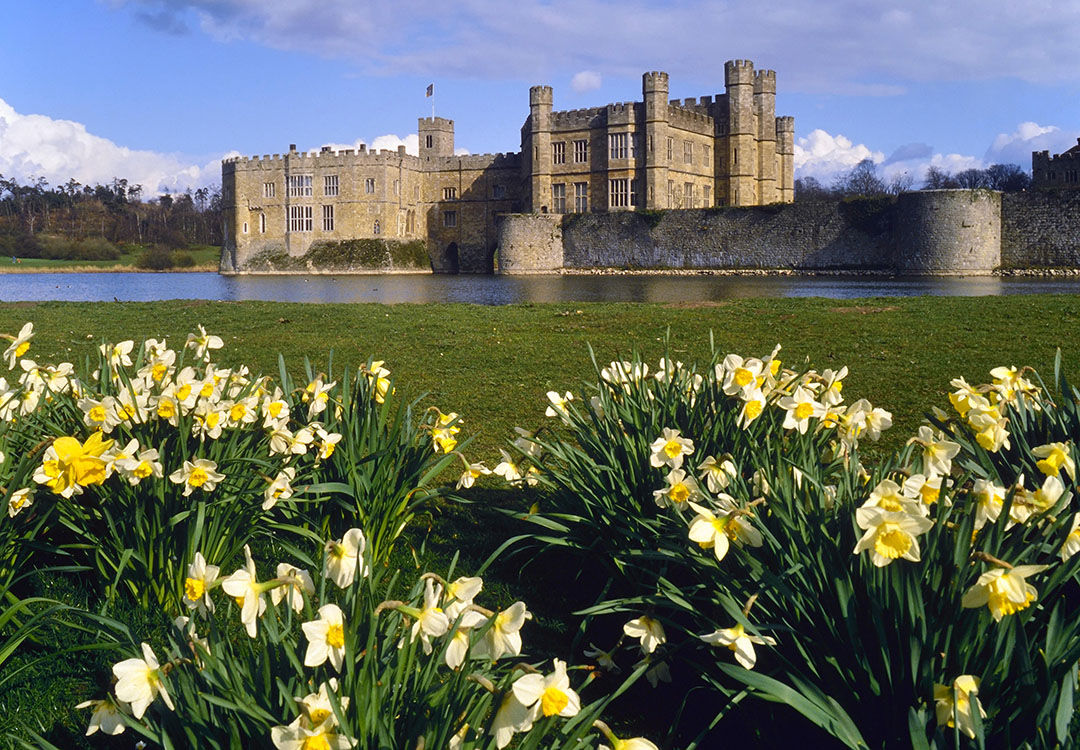
You mustn’t cut off their leaves until at least six weeks after they’ve finished flowering. Incidentally, they don’t need deadheading either, although you may prefer to remove the fading flowers for aesthetic reasons.
Garden daffodils need nothing more to flourish than garden soil, good drainage and lots of rain when growing and flowering. The bulbs lie dormant during the summer – the best time to split up the clumps and spread them around – but begin to put out roots again in early autumn.
Exquisite houses, the beauty of Nature, and how to get the most from your life, straight to your inbox.
You don’t need to split the clumps every year, but, once they start producing lots of leaves, but not many flowers, it’s a sign that they’re getting congested and that the bulbs will benefit from lifting and replanting with space to develop. You can do this when they fade, but while you can still see the leaves.
All narcissi bulk up quickly over the years and require no special treatment. Just plant them and watch them grow.
Visit www.broadleighbulbs.co.uk to gain a deeper understanding of bulbs.
The five best narcissi for naturalising in grass
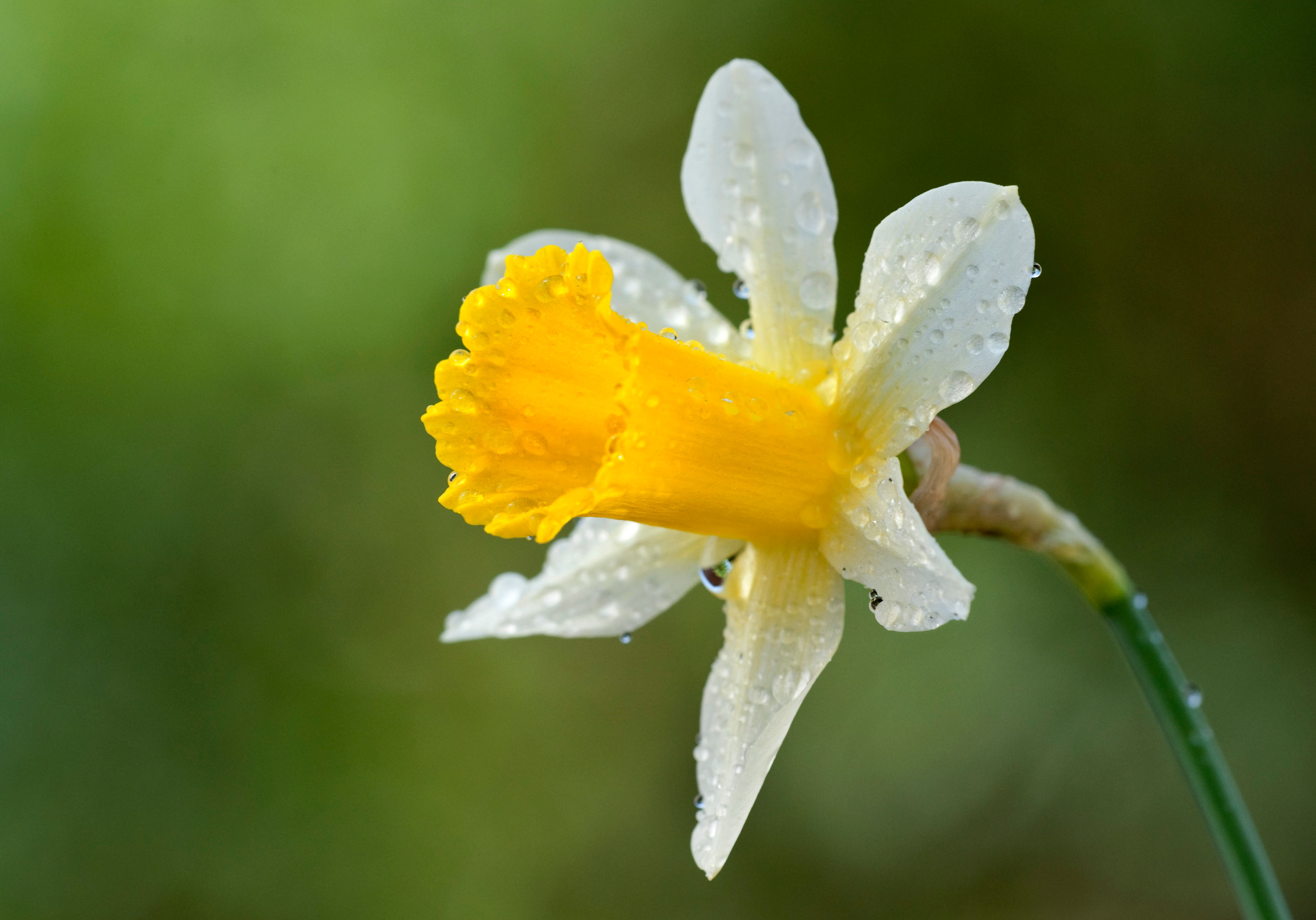
❍ Narcissus lobularis is the wild daffodil that Wordsworth admired. It is of medium height, with pale-yellow flowers, much more subtly coloured than many garden varieties.
❍ N. bulbocodium, or the hoop-petticoat narcissus, is widespread in northern and central Spain, growing in damp meadows with acid soil. That environment is what it prefers in gardens, too. See it in swathes at RHS Wisley, The Savill Garden, Windsor, and RHS Rosemoor.

❍ February Gold has medium-sized flowers and is bright yellow with folded-back perianths. It flowers in late February or early March.
❍ Actaea is the best form of the pheasant-eye narcissus, N. poeticus. It is the last of all narcissi to flower, continuing well into May. Good in borders, too.
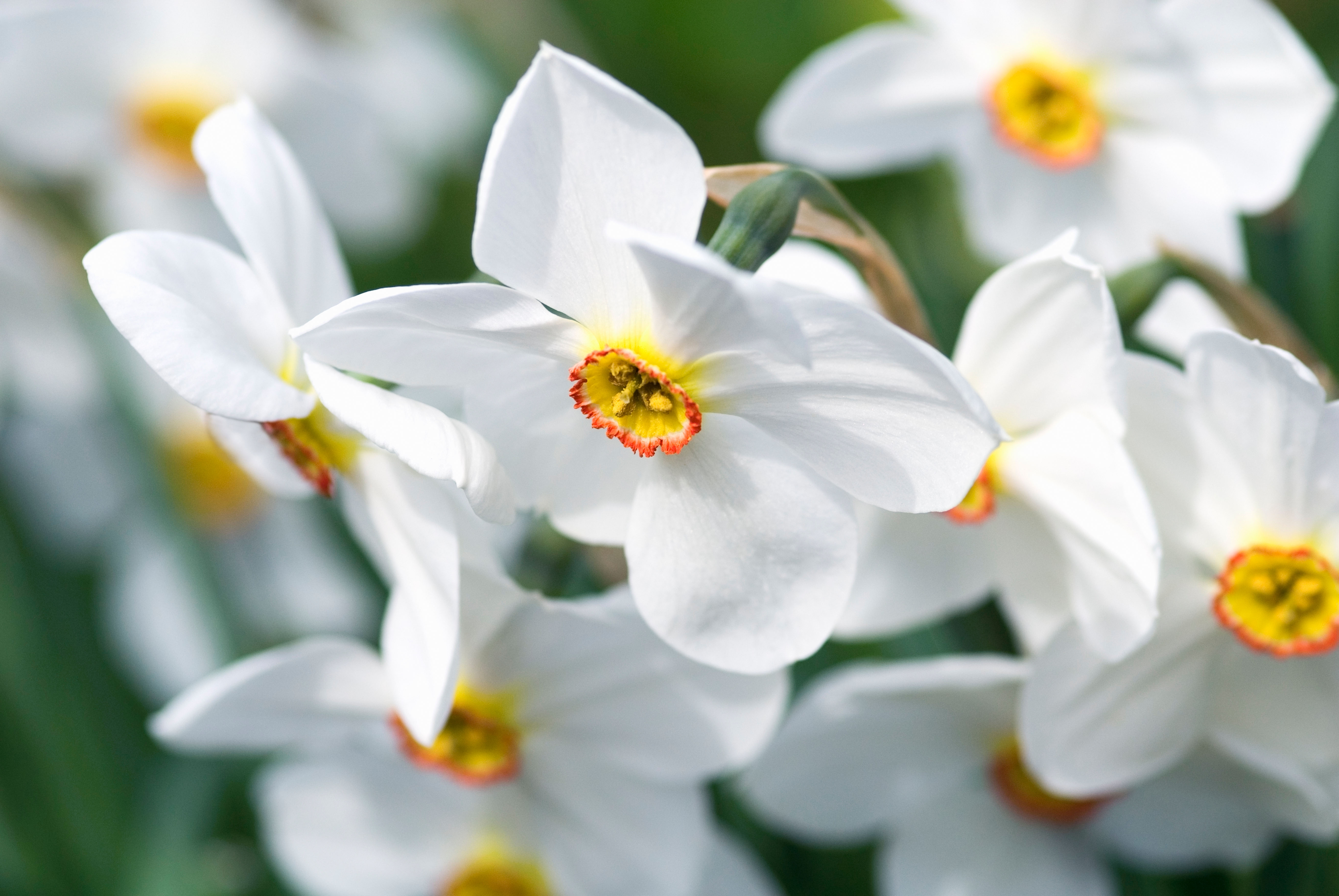
❍ N. Rijnveld’s Early Sensation is a medium-sized trumpet daffodil with bright-yellow flowers, outstanding for its early flowering, from mid December onwards in mild areas
❍ Consider also for naturalising: Little Gem, Jack Snipe and W. P. Milner
The five best narcissi for pots in the garden
The best have many flower stems, not too tall, but bearing several flowers, set off by narrow leaves. Mix them with other bulbs and spring-flowerers for a satisfying display over many weeks.
❍ Toto is a floriferous mid-season beauty, with perky clusters of creamy trumpets and white perianths. Beautiful planted with blue muscari or scillas.
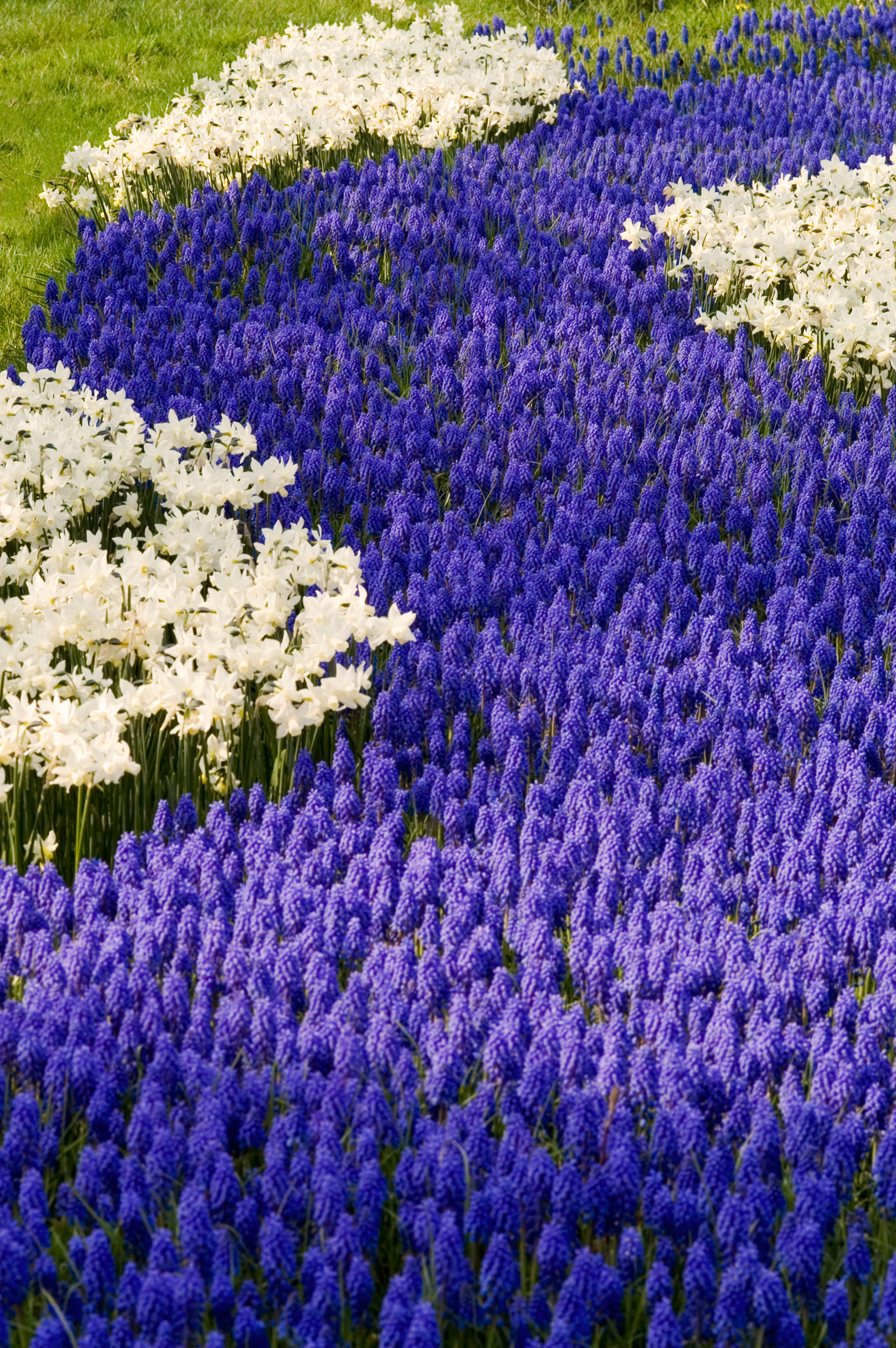
❍ N. papyracea Ziva is the best form of the paper-white narcissus, a tender species from damp Mediterranean meadows. Pot up in early winter and keep on a windowsill. Very fragrant.
❍ Tête Bouclé’ is a double-flowered sport of Tête à Tête and a good clumper. Plump buds, bright-yellow flowers with hints of orange at the centre – very pretty. Mid season, about 8in high.
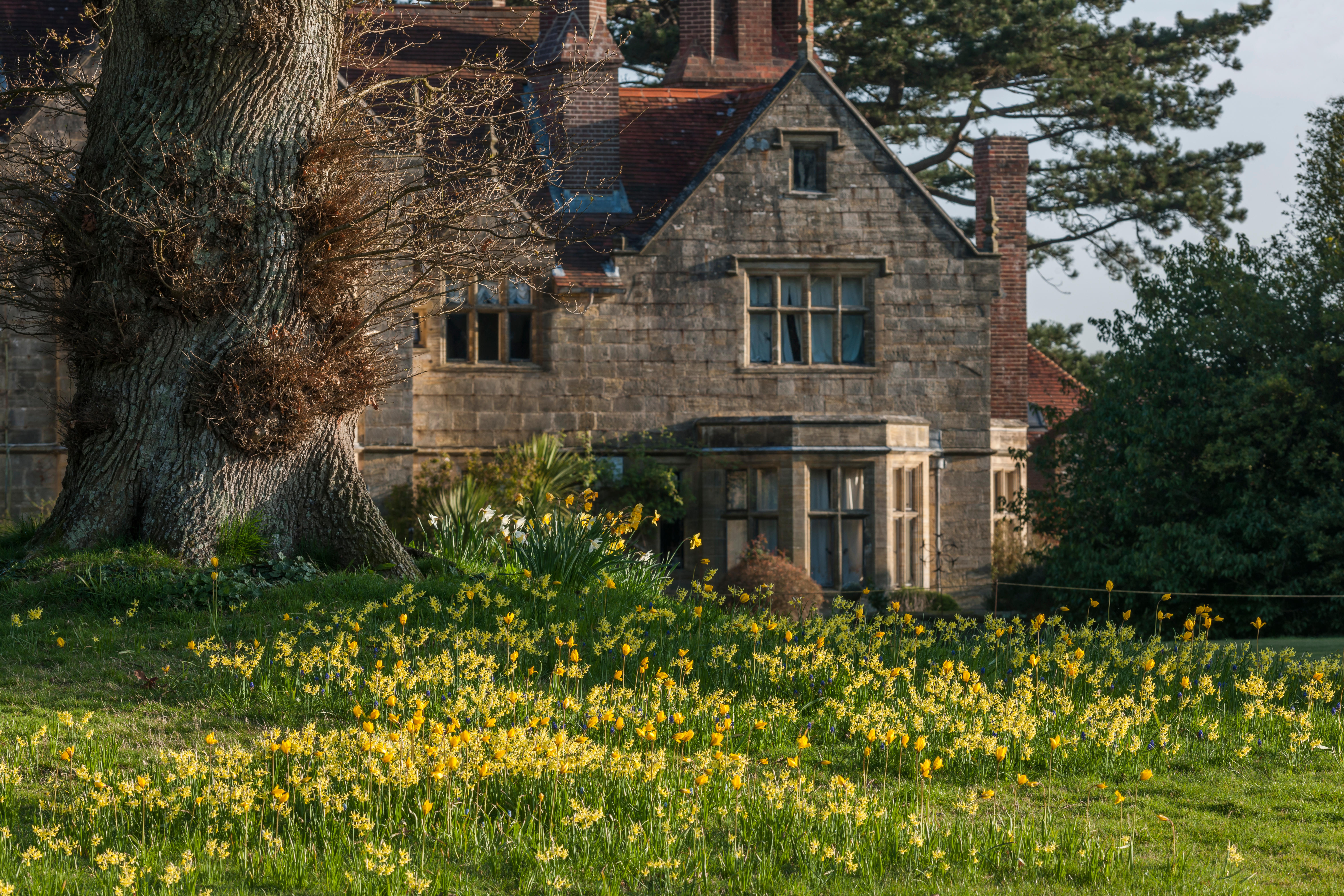
❍ Hawera – this hybrid of N. triandrus has nodding clusters of pale yellow rather late in the season. Best in acid soils, where the clumps will increase quickly.
❍ N. rupicola is a neat little jonquil, bright yellow and strongly scented, from central Spain. Best grown in pots in a cold greenhouse or in acid soil in a trough. Sharp drainage essential.
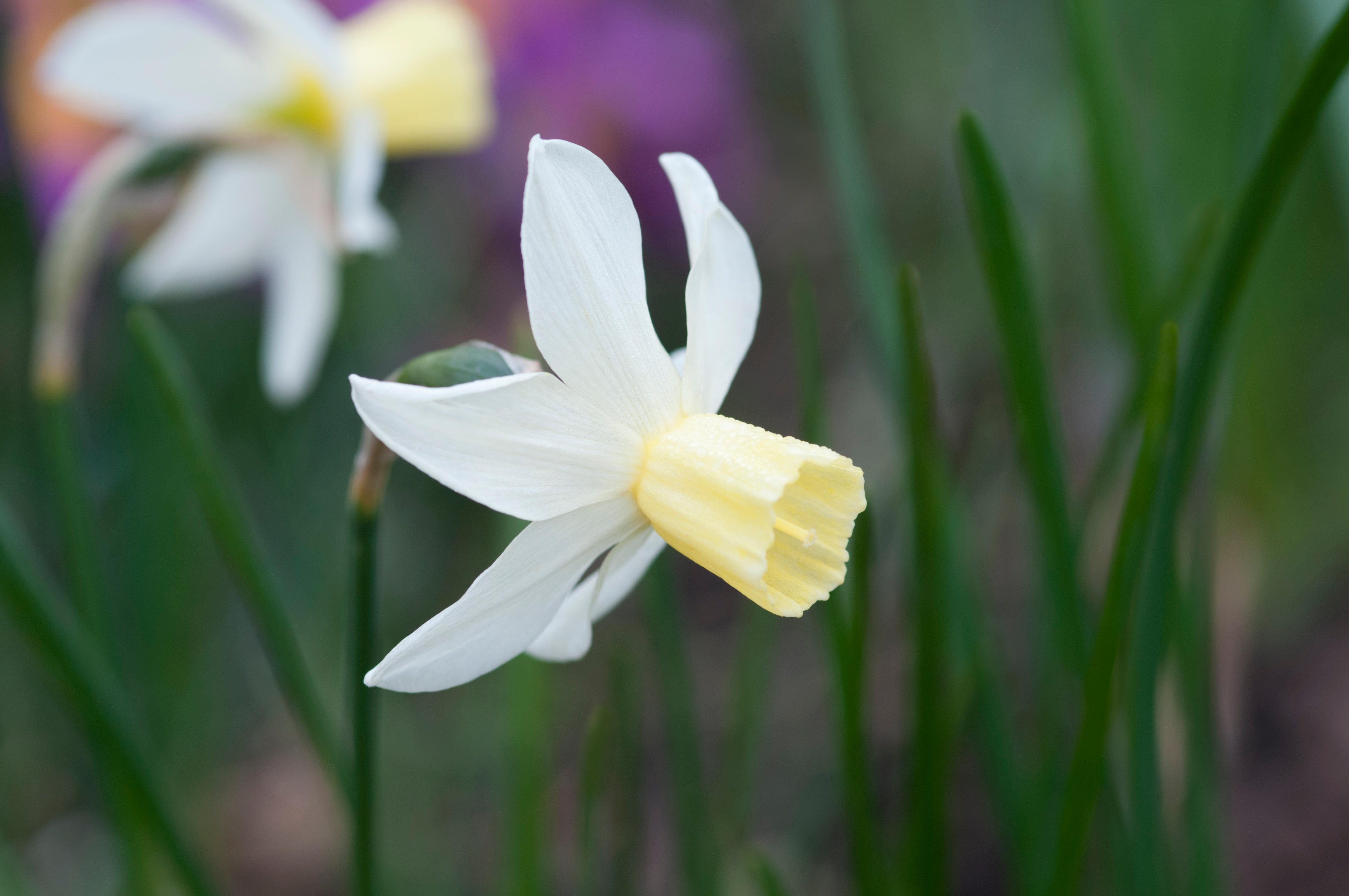
❍ Consider also for large pots and planters: Spring Dawn, Sailboat, Starlight Sensation, Sunlight Sensation and Moonlight Sensation.
The five best narcissi for borders
The intermediate-sized cultivars – not too tall – fit into the garden best. Early-flowerers are especially valuable.
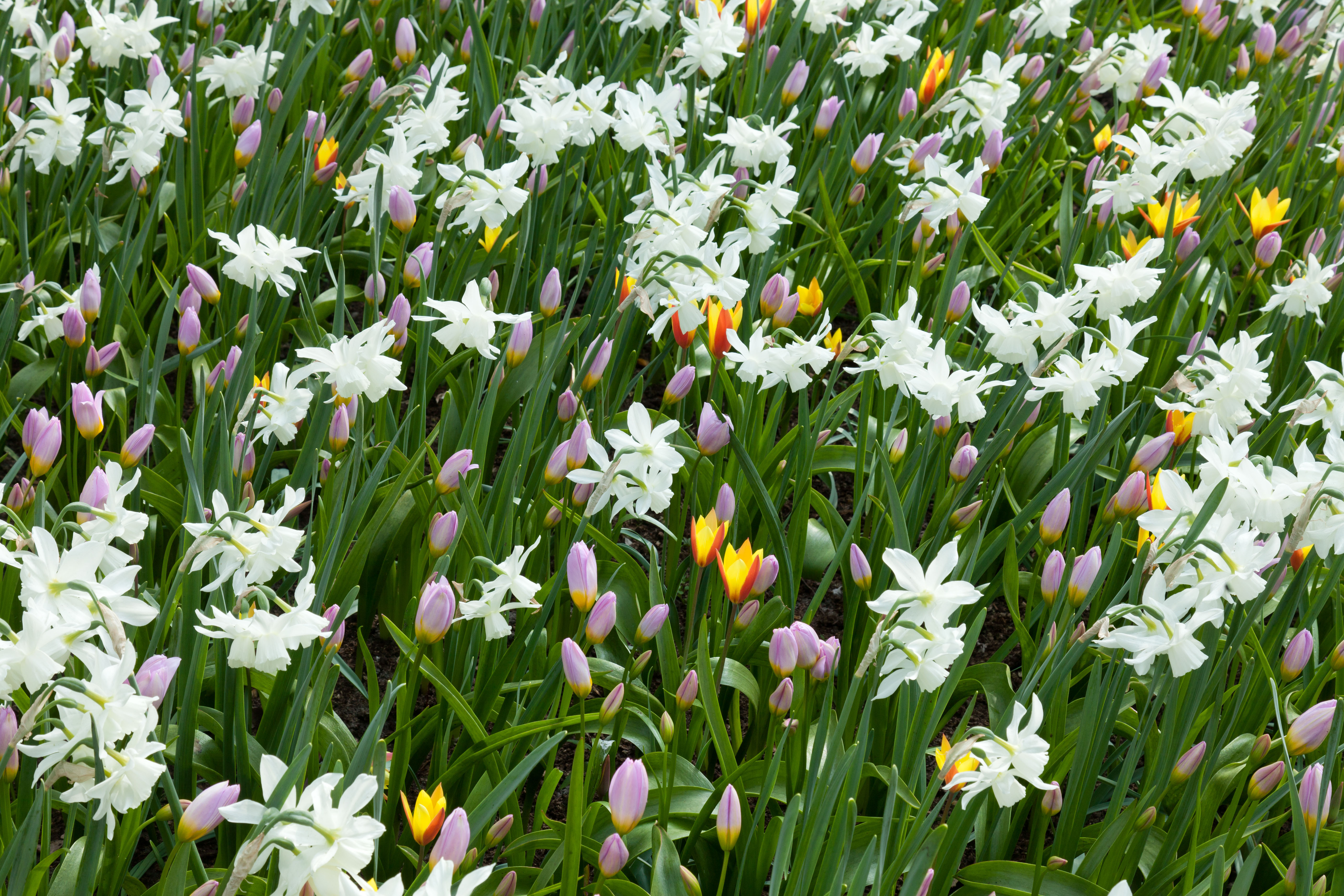
❍ Thalia has pure-white flowers in graceful clusters; strong, sweet scent. Popular for more than a century for its vigour and persistence, especially in acid soils.
❍ Telamonius Plenus is perhaps the oldest double daffodil and still among the best. It has 1ft-high stems, wavy perianths and a mass of petals in the middle – bright yellow with hints of green and orange.
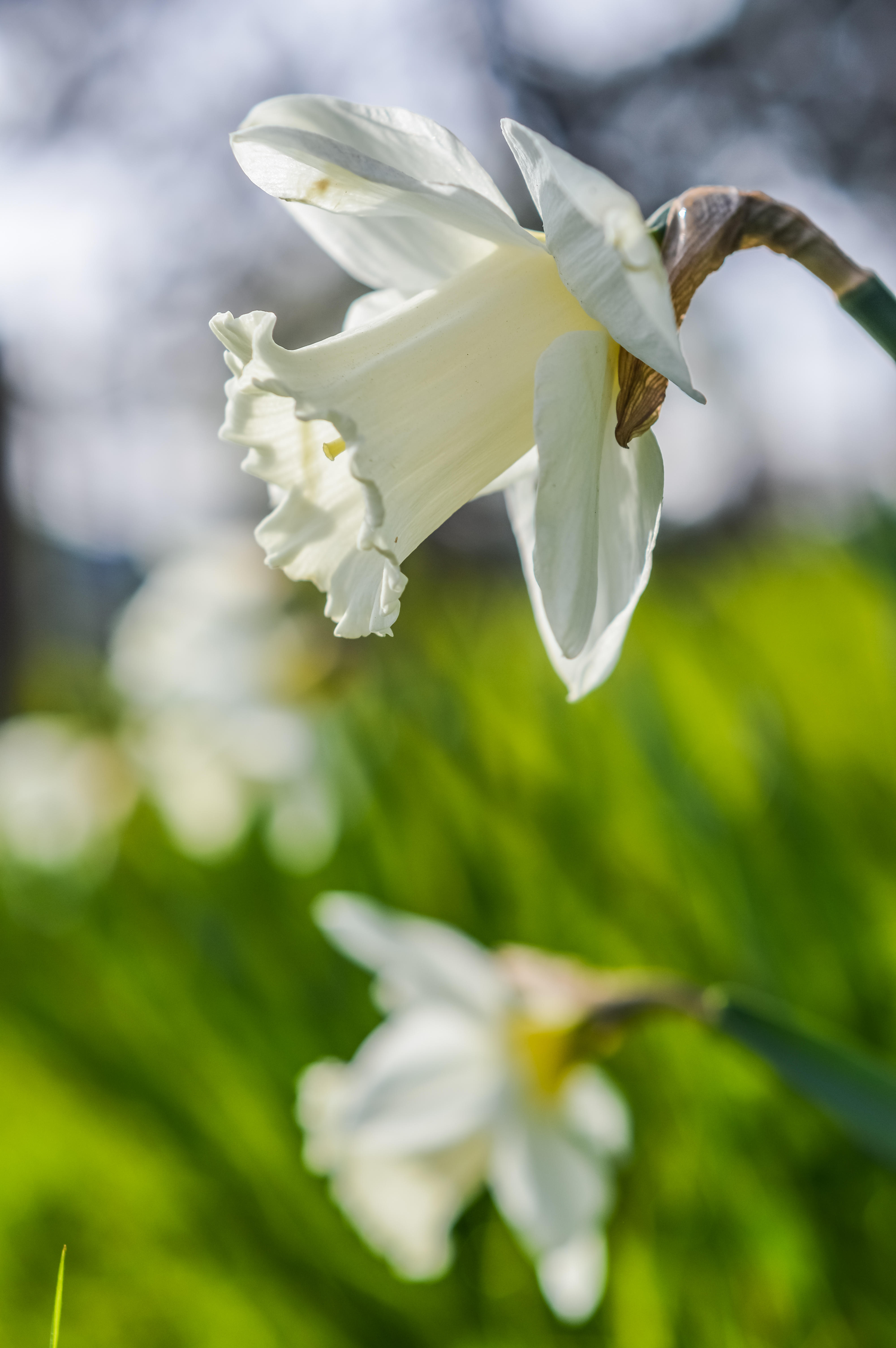
❍ Mount Hood – famous all-white trumpet daffodil, still the best. Tall, but tough. Large flowers with elegant crinkly coronas, ivory white at first, but quickly turning to glistening brilliant white. Incomparable.
❍ Tête-à-Tête is the most successful of Alec Gray’s hybrids, now grown in billions worldwide. Short, sturdy and vigorous; each bulb carries several stems of bright yellow trumpets in March.
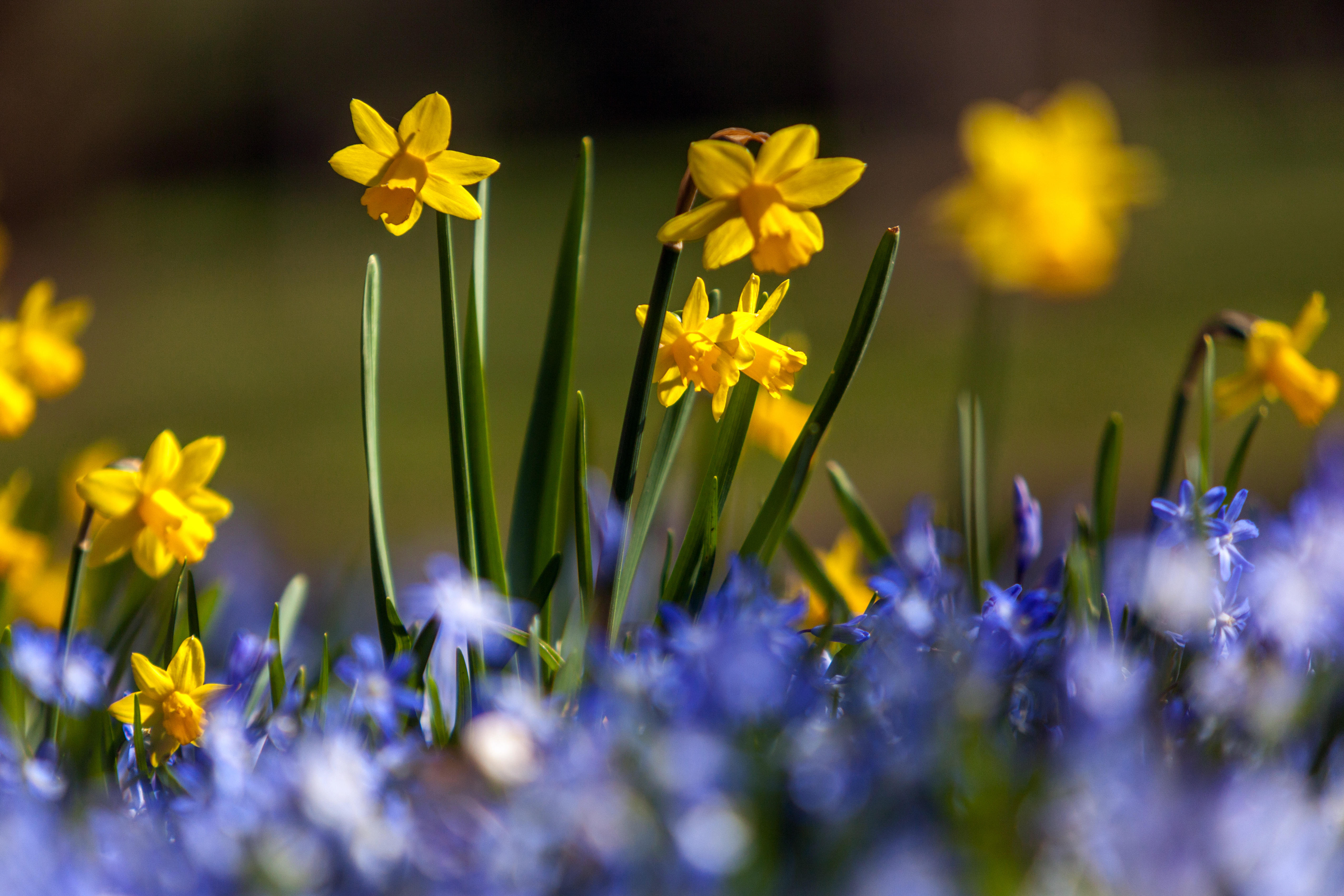
❍ Kokopelli is a jonquil hybrid with all their charm and a whirl of broad, lemon-yellow petals and darker coronas. Long-lasting – and deliciously scented. Vigorous, tough, 12in high.
❍ Consider also for herbaceous borders: Jenny, Geranium, Quail, Itzim, Jetfire.
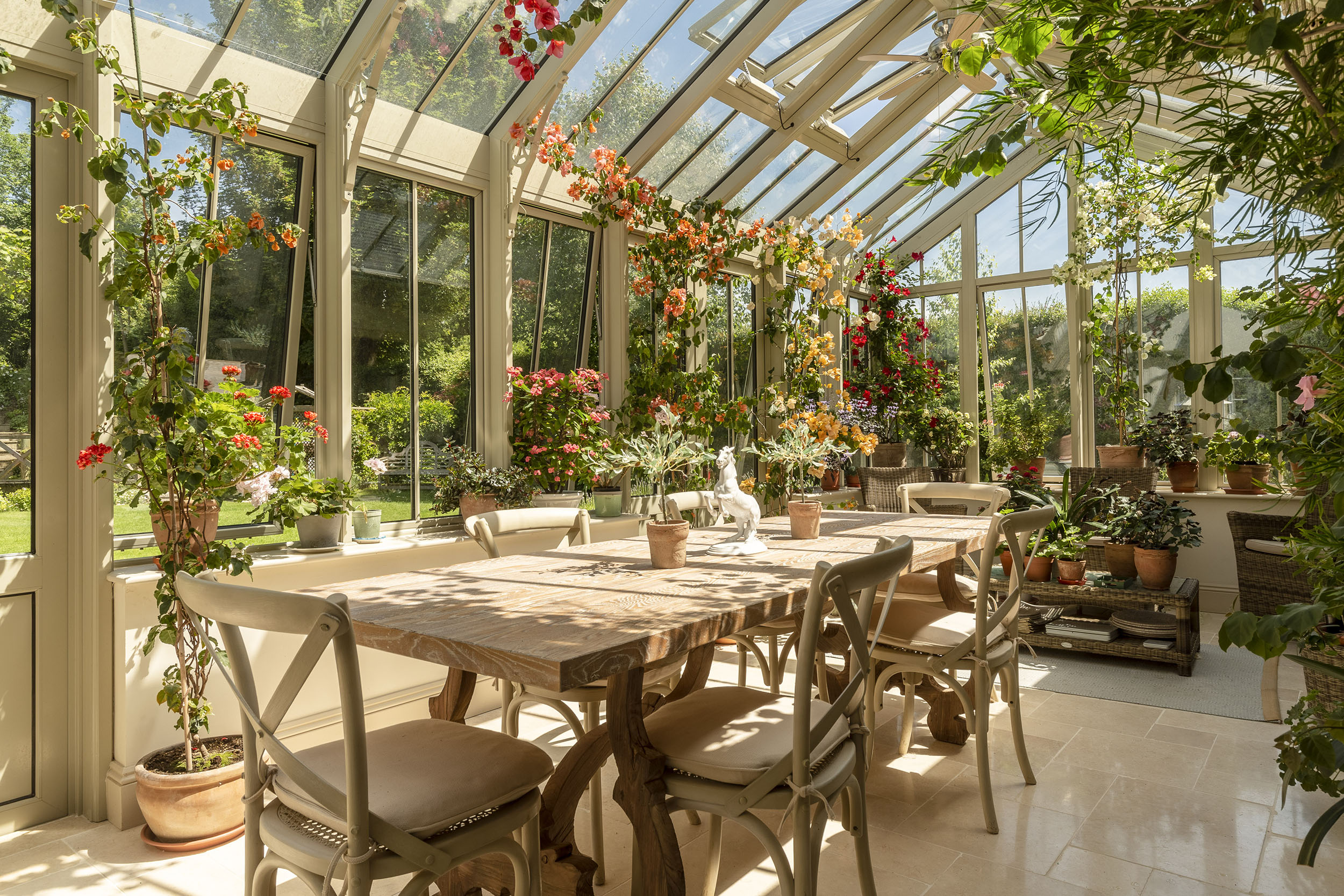
Credit: Chris Warren / Marston and Langinger
What to grow in a conservatory, from cacti and succulents to orchids and herbs
Conservatories are once again being used for cultivating and enjoying plants. Amelia Thorpe reports on a growing trend.
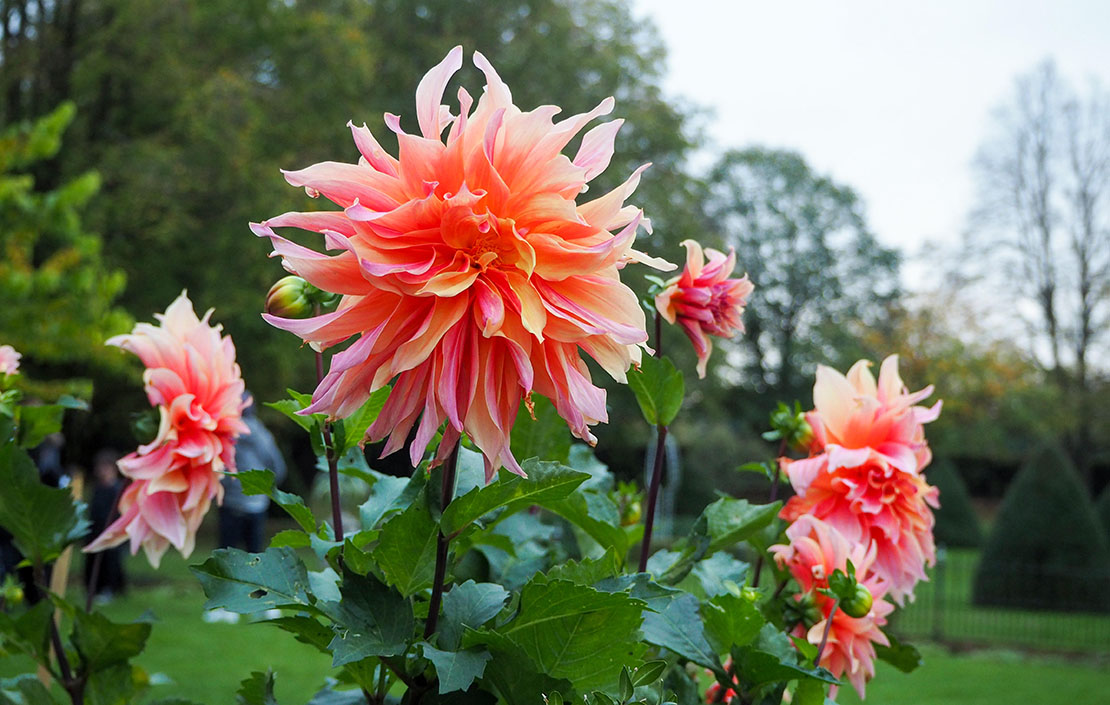
From the Sweet Lady to the Crème de Cognac: Three expert opinions on the top dahlias to buy and plant now
The chase is on: if you want to grow the best dahlias in your borders this year, you need to
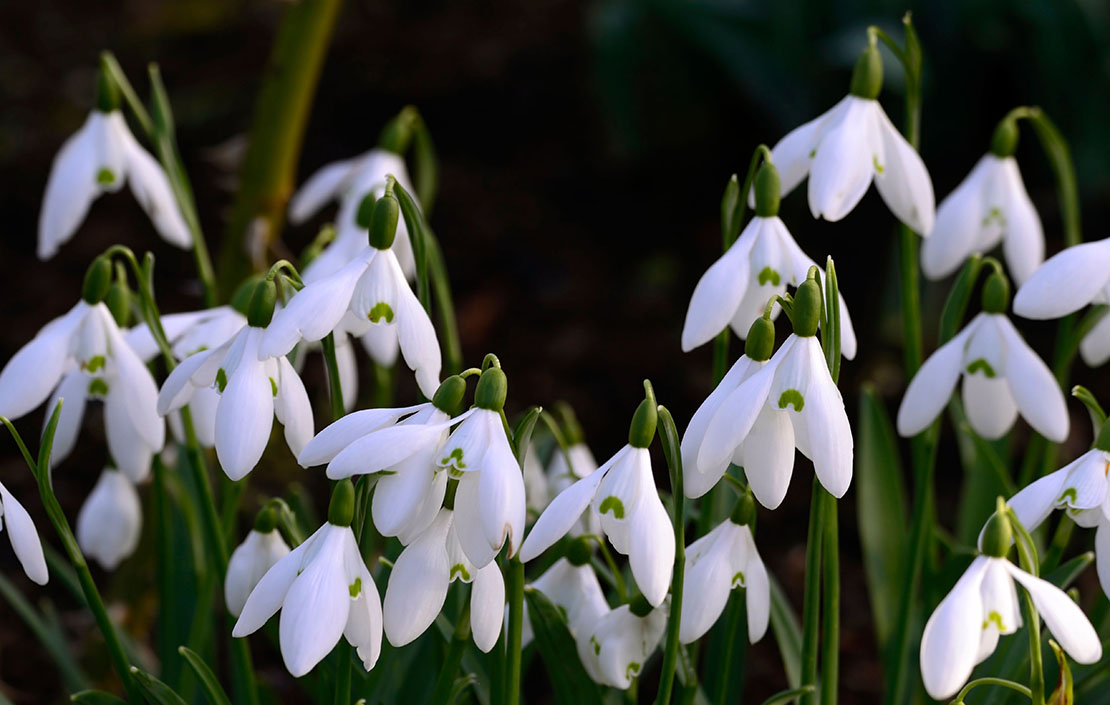
The trials of collecting snowdrops: 'Is there no love for a Heffalump or a Grumpy?'
A galanthophile’s work is never done, says Michael Heseltine, as he tells us about his family's floral hobby; collecting snowdrops.
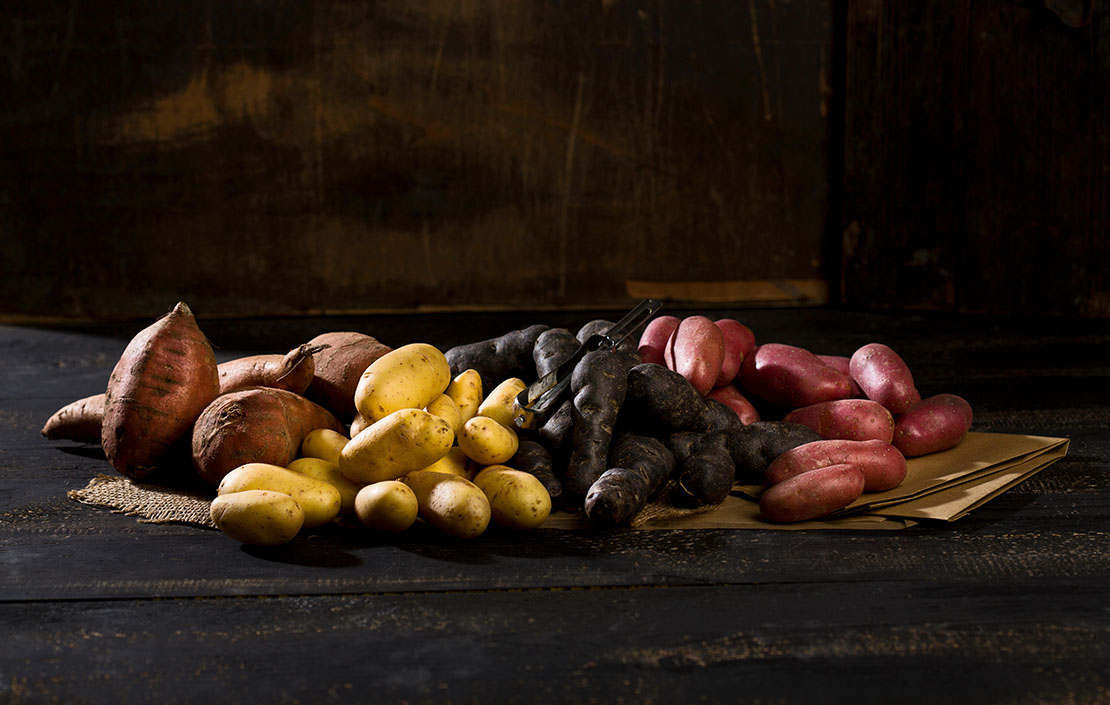
Why you should grow your own potatoes and the 8 varieties you need to try when you do
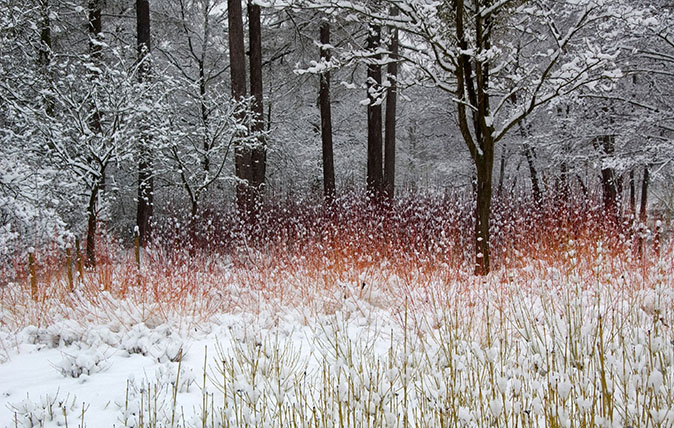
Dogwoods and willows: A new style of winter planting?
Mark Griffiths extols the merits of these bare-stemmed beauties in the world of winter planning, which are both a joy
Charles Quest-Ritson is a historian and writer about plants and gardens. His books include The English Garden: A Social History; Gardens of Europe; and Ninfa: The Most Romantic Garden in the World. He is a great enthusiast for roses — he wrote the RHS Encyclopedia of Roses jointly with his wife Brigid and spent five years writing his definitive Climbing Roses of the World (descriptions of 1,6oo varieties!). Food is another passion: he was the first Englishman to qualify as an olive oil taster in accordance with EU norms. He has lectured in five languages and in all six continents except Antarctica, where he missed his chance when his son-in-law was Governor of the Falkland Islands.
-
 What links myself, David Beckkam and The King? We all have an affinity for the Aston Martin DB6, a car that has been unfairly punished for not being in a James Bond film
What links myself, David Beckkam and The King? We all have an affinity for the Aston Martin DB6, a car that has been unfairly punished for not being in a James Bond filmThe Aston Martin DB6 is better than the DB5, and I am tired of pretending that it isn't.
-
 Great Danes: These gentle giants need space, strength and industrial-strength sofas
Great Danes: These gentle giants need space, strength and industrial-strength sofasGreat Danes were originally bred to hunt big game, but they’re more into cuddles than killing.
